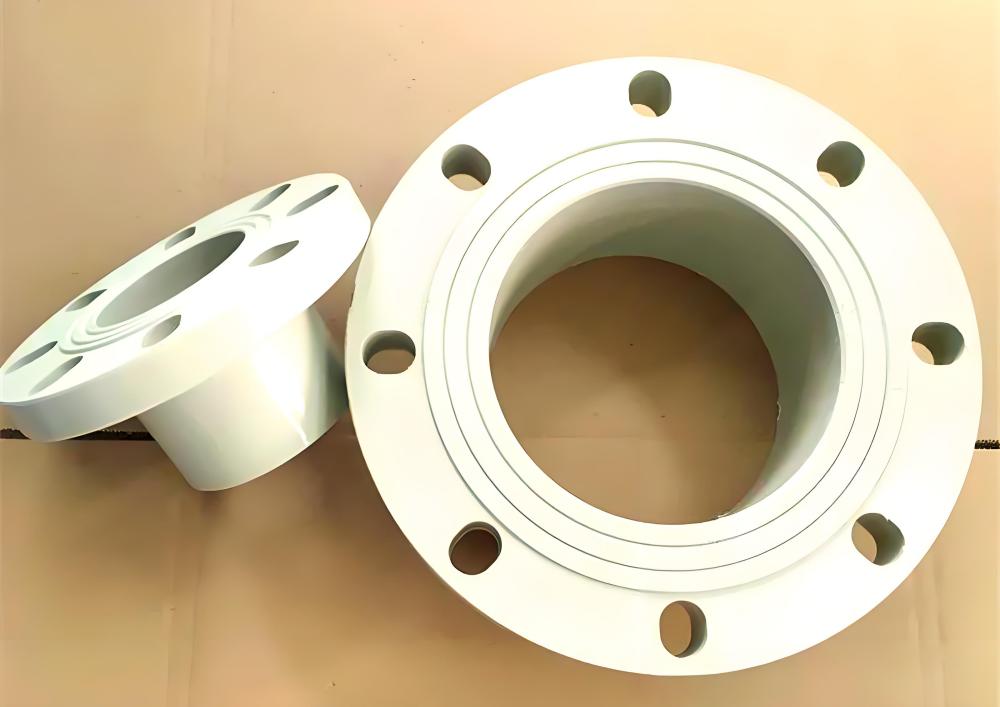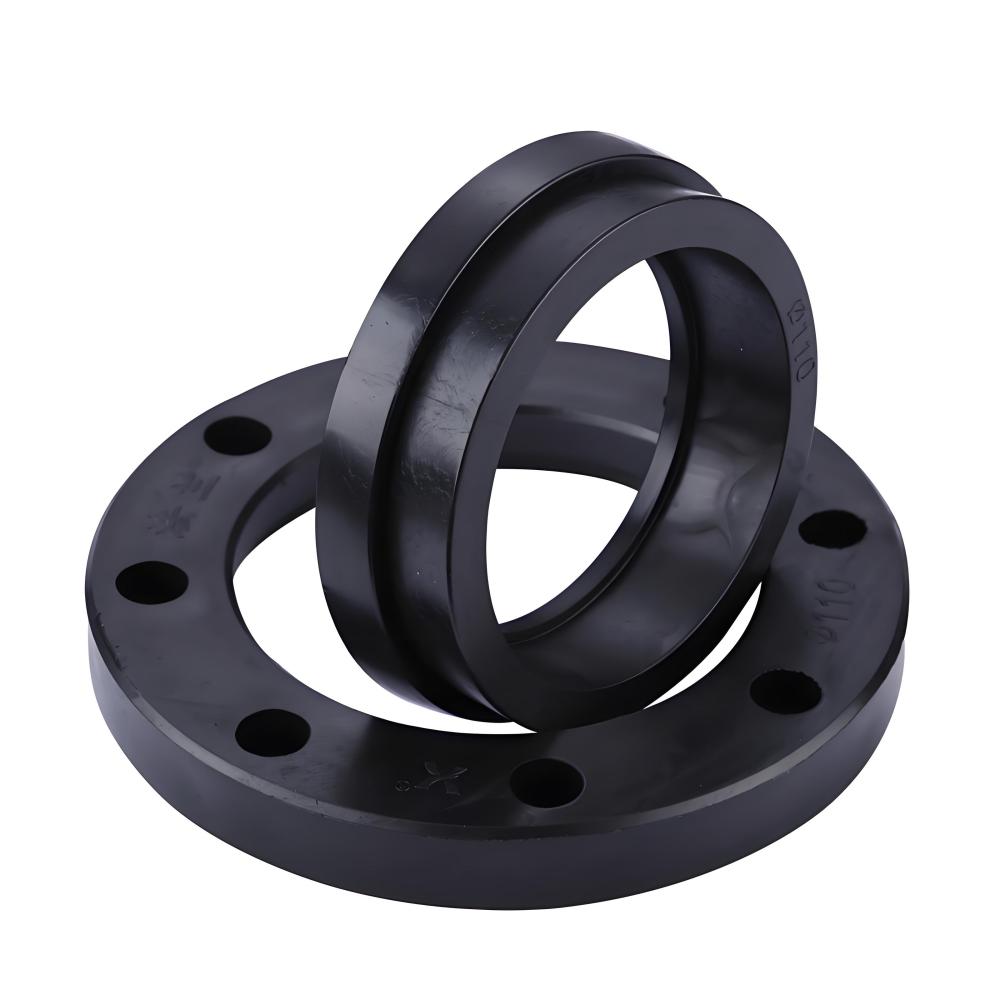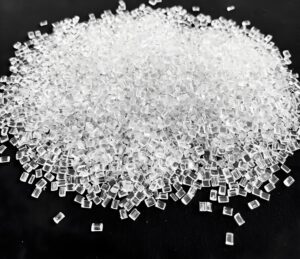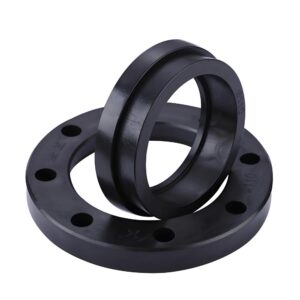What is a Lap Joint Flange and How Does It Work?
A lap joint flange is a two-part component used to join pipes or fittings in a piping system. Unlike welded flanges, it consists of a flat, circular flange that slides over the pipe and a stub end, which is welded to the pipe itself. The flange rotates freely around the stub end, allowing for easy alignment during installation. Bolts secure the flange to a matching flange, creating a strong yet flexible connection. This design shines in systems where pipes need frequent replacement or where corrosion resistance is a priority, as the flange and stub end can be made from different materials to balance cost and durability.
The stub end’s flared end fits snugly against the flange, ensuring a tight seal when bolted. This setup makes lap joint flanges a go-to choice for industries needing adaptable, cost-effective piping solutions. For example, engineers often choose them when working with materials like stainless steel or when aligning complex pipe layouts.

What Are the Different Types of Lap Joint Flanges?
Lap joint flanges come in various materials and configurations, each suited to specific industrial needs. Understanding the options helps in picking the right one for your project.
Carbon Steel Flanges
Carbon steel lap joint flanges are popular in industries like oil and gas due to their strength and affordability. They handle high-pressure systems well but may need protective coatings to resist rust in harsh environments.
Stainless Steel Flanges
For applications involving corrosive substances, such as in chemical plants or marine settings, stainless steel lap joint flanges are a top choice. Their resistance to rust and durability make them ideal for long-term use, especially when paired with matching stub ends.
Specialty Alloys and Materials
In high-temperature or highly corrosive systems, lap joint flanges made from alloy steel, copper, or other specialized materials are used. These are common in niche sectors like petrochemicals or power plants, where standard materials might not hold up.
Each type adheres to standards like ASME B16.5 or EN 1092-1, ensuring they meet global quality and compatibility requirements. Choosing the right material depends on factors like the fluid being transported, environmental conditions, and budget.
Where Are Lap Joint Flanges Used in Industry?
Lap joint flanges are valued for their versatility, finding a home in diverse industries where piping systems demand flexibility and ease of maintenance.
Chemical Processing
In chemical plants, where pipes often carry corrosive liquids, lap joint flanges allow engineers to use corrosion-resistant stub ends while keeping the flange cost-effective. Their rotatable design simplifies installation in tight spaces.
Oil and Gas Operations
The oil and gas industry relies on lap joint flanges for pipelines that need regular maintenance or replacement. Their quick-disconnect feature cuts downtime, keeping operations running smoothly.
Water Treatment Systems
Water treatment facilities use lap joint flanges in systems handling varying water qualities. The ability to pair different materials for the flange and stub end ensures durability without breaking the bank.
HVAC and Plumbing
In heating, ventilation, and air conditioning systems, lap joint flanges support ducting and piping that require frequent adjustments. Their design makes maintenance straightforward, even in complex setups.
These examples show why lap joint flanges are a practical choice for industries prioritizing efficiency and adaptability in their piping systems.
What Are the Advantages and Limitations of Lap Joint Flanges?
Like any component, lap joint flanges have strengths and weaknesses that influence their suitability for specific projects.
Key Benefits
- Cost Savings: The flange can be made from a less expensive material than the stub end, lowering costs without sacrificing performance.
- Easy Installation: The rotating flange simplifies pipe alignment, saving time during setup, especially in intricate systems.
- Maintenance Friendly: Disassembling the flange for repairs or pipe replacement is quick and doesn’t require cutting welds.
- Material Flexibility: Pairing different materials for the flange and stub end allows customization for corrosion resistance or high temperatures.
Potential Drawbacks
- Pressure Limitations: Lap joint flanges are less ideal for extremely high-pressure systems, as the stub end bears the sealing load.
- Risk of Leaks: Improper installation or worn gaskets can lead to leaks at the flange-stub end interface.
- Vibration Sensitivity: In systems with heavy vibration or thermal expansion, extra precautions are needed to maintain a secure connection.
Weighing these factors helps teams decide if lap joint flanges are the best fit for their piping needs.
How to Choose the Right Lap Joint Flange for Your Project?
Selecting the perfect lap joint flange requires careful consideration of several factors to ensure it meets the system’s demands.
Match Materials to Conditions
Choose a flange and stub end material that can handle the fluid and environment. For instance, stainless steel works well for corrosive chemicals, while carbon steel suits non-corrosive applications.
Check Pressure and Temperature Ratings
Verify that the flange’s pressure class and temperature tolerance align with the system’s operating conditions. Standards like ASME B16.5 provide clear guidelines for these specifications.
Ensure Proper Sizing
The flange and stub end must match the pipe’s diameter and thickness. Precise measurements prevent mismatches that could weaken the system.
Adhere to Industry Standards
Opt for flanges that meet recognized standards like ANSI, ASME, or DIN to ensure compatibility and safety. Check for manufacturer certifications to confirm quality.
Balance Cost and Performance
Using a less costly flange material with a high-performance stub end can optimize budgets without compromising durability. Consulting with suppliers can help strike this balance.
By focusing on these factors, you can confidently select a lap joint flange that performs reliably in your system.
Installation and Maintenance Tips for Lap Joint Flanges
Proper installation and upkeep are essential to get the most out of lap joint flanges. Here’s how to do it right.
Installation Best Practices
- Align Carefully: Ensure the flange and stub end are properly aligned before bolting to avoid stress or misalignment issues.
- Choose the Right Gasket: Select a gasket suited to the system’s fluid, pressure, and temperature to ensure a leak-free seal.
- Tighten Bolts Evenly: Use a cross-pattern tightening sequence to distribute pressure uniformly, preventing flange distortion.
- Inspect Welds: Confirm that the stub end is securely welded to the pipe, as this connection is critical for system integrity.
Maintenance Guidelines
- Routine Checks: Regularly inspect the flange and stub end for wear, corrosion, or leaks, especially at the connection point.
- Clean Surfaces: Keep the flange and stub end free of debris to maintain a tight seal during operation.
- Replace Damaged Parts: Swap out worn gaskets or stub ends promptly to prevent system failures.
- Lubricate Bolts: Apply anti-seize lubricant to bolts during maintenance to make future disassembly easier.
Following these steps ensures lap joint flanges remain reliable and efficient over their lifespan.
Why Trust Precionn for Your Lap Joint Flange Solutions?
For industries seeking top-quality lap joint flanges, Precionn delivers unmatched expertise and reliability. As a leader in the machining industry, Precionn crafts flanges that meet rigorous global standards, ensuring durability and performance for international clients. From chemical plants to oil pipelines, our products support critical applications with precision and care. Visit Precionn’s website to explore our range of piping solutions and see how we commitment to quality can elevate your next project.




